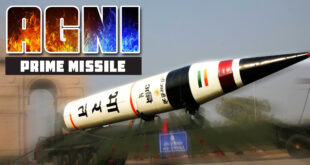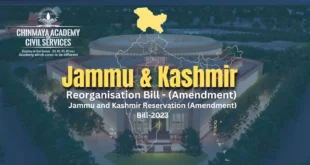The situation in Kashmir is volatile and drifting into a negative sphere on two counts: rising violence and the shrinking space of regional mainstream parties after the four-phase urban local bodies elections on October 16. The spiral of violence showed no sign of let-up even after Governor Satya Pal Malik was sworn in as the new head of the State on August 23. There are many markers that the Governor has so far failed to stop the situation from deteriorating and ensure that all alienated sections, especially the Hurriyat, make a positive move. According to official figures, over 78 militants, 90% of them local recruits, were killed in the past 12 weeks, with militancy gaining ground in north and central Kashmir. General Officer Commanding of the Army’s 15 Corps Lt. Gen. A.K. Bhatt admitted that the north was comparatively less militancy-hit than south Kashmir. “Unlike the youth in south Kashmir, people in north Kashmir had chosen a path of peace, which I will try to maintain.” He expressed fears that militant infiltration from Pakistan-occupied Kashmir into north Kashmir would increase ahead of winter. That the situation has worsened in October is evident from the number of security operations, militant attacks and stone-throwing, with over 100 protesters injured in clashes. A total of 12 civilians were killed. Seven civilians died in a controversial blast at an encounter site in Kulgam, where the Army-led operation neutralised three Jaish-e-Muhammad militants on October 22. Locals alleged that the forces failed to sanitise the site of the operation as per the standard operation procedure (SOP) laid down in 2012. However, the security agencies blame civilians for converging on the site immediately after the encounter was over. It has only fuelled more anger in south Kashmir. There are more worrying trends for security agencies. Srinagar, declared a militancy-free zone once, saw the return of house-to-house operations by security forces. Four militants and a civilian were killed in a fortnight of heavy gunfights. Fear of large-scale street protests during and after the encounters forced the authorities to close all educational institutions and cancel examinations. The Centre’s decision to hold urban local bodies elections in October acted as a force multiplier for violence. Even the mainstream regional parties, National Conference (NC) and Peoples Democratic Party (PDP), decided to boycott these polls, given the “anxiety and alienation” in Kashmir over a number of issues, including the questioning of special status in the Supreme Court. The regional parties described the civic bodies polls as “an imposition by the Centre.” It’s for the first time that urban local bodies polls were held with no regional party fielding any candidate. The new Governor failed to convince the parties to join the fray. Instead, he ticked them off, saying their “boycott was posturing for Assembly elections.” However, the poll results were disappointing and far below expectations. From over 80% polling in the panchayat elections in 2011, the voter turnout came down to 35.1% in the entire State, while the Kashmir Valley and Srinagar saw 5% turnout, even lower than in 1996 when militancy was at its peak. The winning of the BJP candidates at 35 wards in the boycott-hit and volatile south Kashmir has only added to people’s anxiety.
Check Also
The Jammu and Kashmir Reorganisation (Amendment) Bill, and the Jammu and Kashmir Reservation (Amendment) Bill, 2023
Two bills that were introduced in the Lok Sabha on July 26, 2023. The Jammu …
 Chinmaya IAS Academy – Current Affairs Chinmaya IAS Academy – Current Affairs
Chinmaya IAS Academy – Current Affairs Chinmaya IAS Academy – Current Affairs



